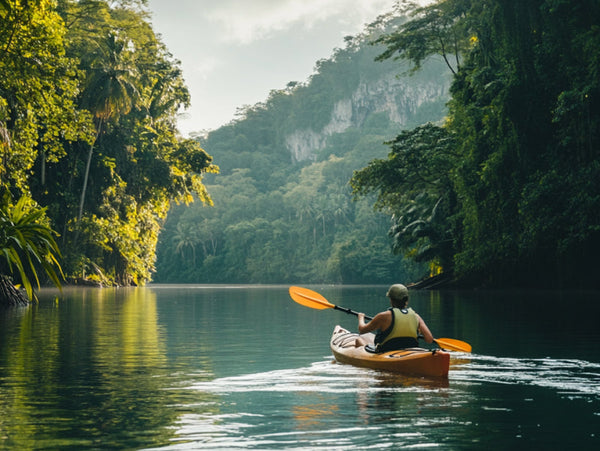How to Choose the Perfect Paddleboard

The popularity of paddleboarding is steadily increasing, and it’s no wonder why. This versatile sport opens up a world of opportunity for people of all ages, skill levels, and goals. From dedicated athletes pushing their limits to multi-generational families seeking a fun new leisure activity, paddle boarding has something for everyone.
Maybe you tried a friend’s board and are smitten. Perhaps you’re a surfer looking to expand your horizons. Either way, now that you’ve decided to take the plunge, you’ll need to find the perfect board for your upcoming adventures. Read on for our expert advice in finding a board that’s comfortable, fun, and in line with your goals.
Types and Features
Inflatable boards must be pumped up before use and can roll up for easy storage and travel. They’re great for frequent travelers or those with limited space or small cars.
Solid boards take up more room, but can be a more affordable yet still durable choice. There is a wider selection when it comes to these rigid boards.
Planing hulls resemble surfboard hulls in that they have a smooth curve on the bottom and more rounded noses (the front of the board) to emphasize width and maneuverability.
Displacement hulls have pointier noses and a sharper keel on the bottom. This hydrodynamic shape efficiently displaces water for fast and smooth sailin’.
Length and width
- Widths range from about 2-3 feet.
- Short boards are under 10 feet long.
- Medium boards are 10 to 12.5 feet.
- Long boards are 12.5 to 14 feet. There are longer boards, but they are generally for long, multi-person, open water journeys and races.
Now that you have a better understanding of the basics, let’s go into more detail about what kind of board is best for your paddling ambitions.
Types of Paddling
The next questions you should ask when selecting a board are: What is your primary focus in paddleboarding? What types of environments will you frequent the most?
A short, solid board with a planing hull has the agility necessary for catching waves.
You’ll need to be able to carry a lot of weight! A long and wide board will help with straight tracking to efficiently cover miles, increased capacity for your gear, and stability.
A short, wide board is great to share with children, while boards specifically made for kids are usually 8-9 feet long.
A wide, medium-length board with a planing hull is very stable. These features make it possible to execute tricky twists and inversions without tipping over.
Both solid and inflatable boards are used for whitewater SUPing, but a high-quality inflatable is generally more durable in the long run because it can withstand repeated impact without needing repair. For day paddling, go with a short to medium board. For whitewater touring, opt for a longer board.
You’ll definitely want a solid paddleboard rather than in inflatable one so it can slice through the water with minimal resistance. Longer boards with displacement hulls are ideal for speed. However, know that performance boards aren’t as stable.
Some of us may not be sure of our goals, or maybe we want a great middle-of-the-road board that can introduce us to the different kinds of paddling while not necessarily being the best for any one specialty. A board with medium length, medium width, and a planing hull is fine for most people.
With your newfound knowledge, let's hope the perfect board awaits you!Leave a comment
Comments will be approved before showing up.
Also in Blog

How to Choose the Right Kayak Anchor
Choosing the right kayak anchor can make all the difference when it comes to staying steady on the water. This guide walks you through everything you need to know about selecting the perfect folding kayak anchor

What To Do When Your Kayak Capsizes
Although kayaks are designed for stability no matter the conditions, accidents happen and knowing what to do can help you avoid an unpleasant experience. Preparedness and technique are key components to controlling a sometimes scary situation.


